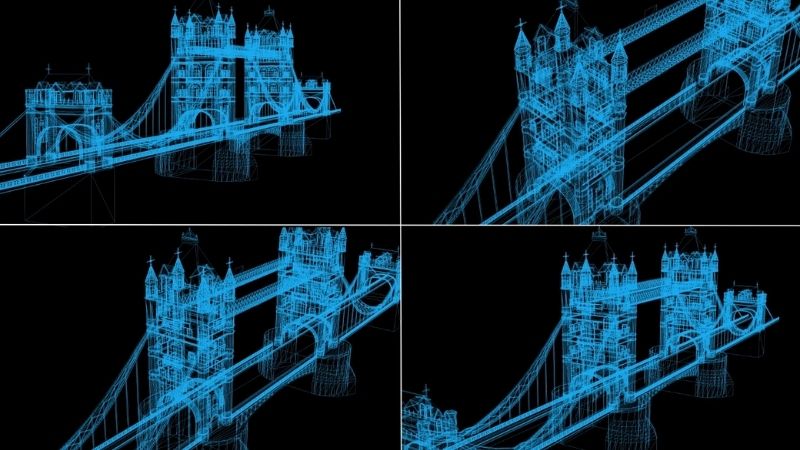Bridging the global infrastructure gap with BIM


Infrastructure provides countries with economic benefits long after the project is finished, connecting people to the goods and services they need. However, according to the Global Infrastructure Hub, there is a large $15 trillion gap between the projected investment in infrastructure and the amount of infrastructure required worldwide by 2040. Read more to find out how BIM can help bridge the global infrastructure gap.
How BIM can help reduce the infrastructure gap?
Infrastructure provides countries with economic benefits long after the project is finished, connecting people to the goods and services they need. However, according to the Global Infrastructure Hub, there is a large $15 trillion gap between the projected investment in infrastructure and the amount of infrastructure required worldwide by 2040.
While there are many reasons for this difference, one of the main culprits is the lack of digitalization and technological innovation within infrastructure systems. For many countries, infrastructure assets are designed, built, operated, and maintained using the same methods that have been in use for decades.
Yet Building Information Modeling (BIM) can help address this gap, offering governments and asset owners a way to improve the planning, performance, and provision of infrastructure. As public money is under increasing pressure, maximizing the available budget is a constant goal for infrastructure asset owners. This is how BIM can help reduce the infrastructure gap through digitalization and innovative technology.
BIM For Infrastructure
BIM is a digital working method that is based on virtual 3D models of an asset or structure. It is used for planning, designing, constructing, managing, and operating projects more efficiently compared to traditional design, construction, and facilities or asset management processes.
Increased efficiency across the entire asset life cycle translates into increased savings during construction and reduced running costs, enabling asset owners to accomplish more with the funds they have – making a significant difference to the infrastructure gap.
Improved Efficiency
The BIM working method is based on using a central, coordinated model which contains all the project information in one place. Each discipline uploads their own sub-model which is merged into the central model for analysis and information sharing.
Essentially, BIM connects all the project information which traditionally would be stored, accessed, and worked on separately using conventional design methods. As BIM is a more transparent and collaborative way of working, projects can be designed in less time, and therefore more cost-effectively.
Enhanced Quality
One of the problems infrastructure asset owners face is maintenance issues caused by poor quality designs and substandard construction. BIM helps overcome this by improved collaboration and information sharing, which in turn reduces errors, omissions, and discrepancies on the project.
By using a central digital model, tools such as collision detection can help ensure the design can be built without clashes between asset components or even existing site features and surrounding buildings. In turn, less time is wasted on site rectifying issues, material usage is optimized, and delays are minimized.
Superior Asset Management
The BIM model can also be used beyond the design and construction phase. As it contains all the design information as well as the as-built construction data, the model is the perfect basis for an operations or facilities management model.
When integrated with real-time sensor data or other monitoring equipment, an accurate and effective digital twin can be created of the asset. This is a powerful tool for further analysis, monitoring, and planning for future maintenance or alterations.
Embracing Innovation
BIM is a proven, innovative digital technology which can increase the design, construction, and operational efficiency, and is the first step towards addressing the global infrastructure gap. Once the move to digitalization has been made, other innovations can be integrated to create better connected and more technologically advanced infrastructure systems.
ALLPLAN offers a free, 30-day trial of the full version of their civil engineering design software for infrastructure, with an integrated suite of powerful tools for building and civil engineering. From bridges to tunnels and more, ALLPLAN’s BIM-enabled software ensures infrastructure projects can be designed, built, and operated more effectively.
ALLPLAN is part of the Nemetschek Group.
-
Singapore: ALLPLAN Software Singapore PTE. LTD. |
4 Battery Road #25-01, Bank of China Building
49908 Singapore - customercare.singapore@allplan.com

